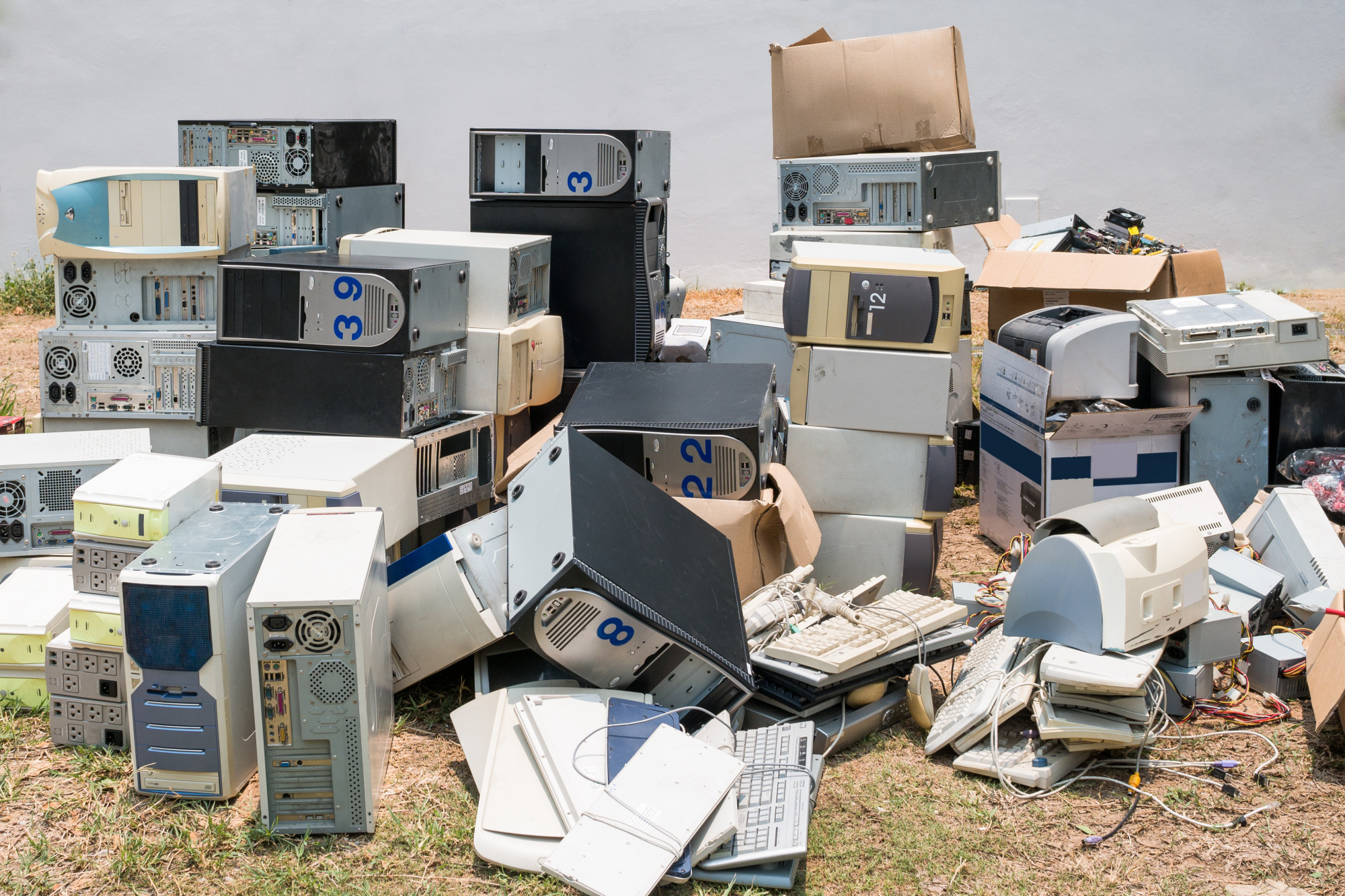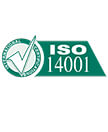Did you know that most companies replace their employees’ computers every 3 to 4 years, on average? This is due to the rapid advances each year in technology, and the greater demands placed on processing units by new programs.
Most companies have found it is cheaper in the long run to replace, rather than to repair or upgrade their employee’s computers.
Replacing electronics every few years results in a huge amount of electronic waste, or e-waste. Do you want to learn more about e-waste and how to recycle it? If the answer is yes, then, read on.
What Is E-Waste?
The official definition of e-waste from the EPA is “used electronics that are nearing the end of their useful life and are discarded, donated, or given to a recycler.” Every year, global citizens generate over 50 million tons of e-waste and this amount grows yearly.
In the US, each person produces about 45lbs of e-waste each year, including:
- Cell phones
- Laptop computers
- Desktop computers
- Monitors
- Hard drives
- Small and large appliances
- Printers and copiers
There are also many items that are considered e-waste that you may not even think of. Anything with a plug can be considered e-waste, including:
- Lamps and other light fixtures
- Rem犀利士 ote controls
- Heating pads
- Electrical cords
- Nightlights
- Smartwatches and fitness monitors
- Treadmills
- Medical equipment
Since technology changes so rapidly, many devices are made obsolete in just a few years. For example, Apple introduces a new series of iPhones almost yearly with more features, better cameras, and nicer screens. The problem with this, of course, is that we are replacing our electronics at a much quicker rate than ever before.
When we replace things like smartphones and computers every few years, the amount of犀利士 e-waste generated increases significantly. So, what happens to all of these old phones, computers, and other electronics? The answer to that depends.
E-Waste Disposal and Dangers
Think about the last time your company replaced your phone, laptop, printer, or copier. Do you know what they did with the old one? Further, what about your personal phone or computer.
What did you do with it the last time you replaced it?
If you’re like most people, you probably don’t think twice about what happens to electronics that get replaced. At work, it’s likely someone else’s responsibility. At home, you probably toss your old phone in a drawer, where it will remain until you finally toss it out in a fit of needing to declutter.
Tossing it out without thought is one of the biggest issues with e-waste. You might think it’s fine to just throw these items in the regular trash, but this is not the case.
Most electronics have materials in them that are toxic, including mercury, lead, beryllium, and cadmium. When buried in a landfill, these toxic materials dissolve into the ground, which then leaches into the groundwater.
When this happens, the groundwater starts to seep out and pollute fresh water sources, which can be damaging to the people using well water as well as to nearby wildlife.
E-Waste Recycling
The safe way of disposing of your e-waste is recycling it. However, recycling can be problematic in some cases. Many third-party e-waste recycling companies send the waste that they collect to other countries, typically developing countries, in Asia and Africa.
The waste is sent to these countries illegally, usually in shipping containers marked as “secondhand consumer products”, so they aren’t considered waste. However, once it arrives in these countries, it’s typically dumped in a landfill or is sorted through by local citizens who are looking for certain components of the electronics that are valuable.
In the areas where these landfills are located, pollution is high and so are the health problems of those who work there or live nearby. Respiratory illnesses, wounds that don’t heal, and skin diseases are all common ailments among people in these areas.
Proper Recycling
If you want to ensure that your company’s e-waste is not illegally dumped in one of these countries and that you are recycling responsibly, you should do your homework on the recycling company that you are using.
Another way of responsibly recycling your electronics is to donate them to charities, schools, or non-profit organizations if they are still usable. If there is some life left, these organizations can refurbish them and greatly benefit from the gently used electronics.
There are certifications that companies can earn, including R2 and RIOS certification. These programs ensure that recycling companies are complying with federal regulations and industry standards when it comes to recycling.
Of course, your company can also try to minimize your e-waste by extending the life of your electronics, purchasing items that are environmentally friendly, such as those labeled as Energy Star or certified by the Electronic Product Environmental Assessment Tool (EPEAT), and reusing as much as possible to cut down on the number of electronics that need to be disposed of regularly.
Responsibly Recycle Your Company’s E-Waste From Now On
Now that you can answer the question “What is e-waste?” and know how to properly dispose of it, it’s time to make changes to the way your company approaches electronics disposal if you haven’t done so responsibly in the past. Instead of just tossing your old electronics in the trash, think about how they can be disposed of safely, or even refurbished and reused somewhere.
If you are looking to establish a corporate recycling program, contact us today. We can help with disposing of assets at the end of their life cycle, reselling and recycling electronics, and can also help coordinate donations. We can also coordinate lease returns and redeployment of electronics that are not ready to be retired yet.






